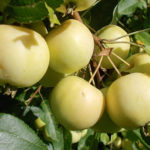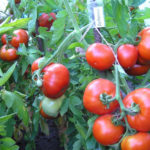Features of planting beet seeds in open ground
Beets are one of the main set of agricultural crops grown not only on an industrial scale - not a single household plot can do without that vegetable. Several types of beets are widespread in the culture: sugar, fodder, table (borsch) and vinaigrette. The cultivation of sugar (for the needs of the food industry) and fodder (for animal feed) is the prerogative of large agricultural enterprises, therefore, in the context of this article, the main emphasis is placed on the cultivation of table and vinaigrette varieties.
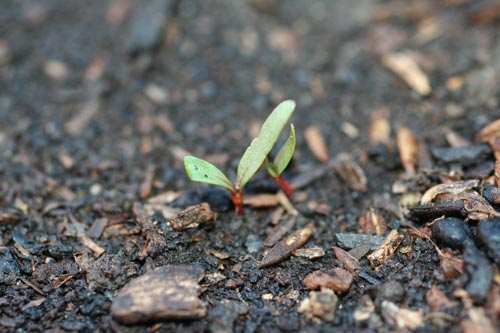
Characteristic features of culture
For the normal development of beets, a lot of sunlight is required, therefore, unshaded areas must be allocated for the crop.
Seeds are highly sensitive to temperature conditions, both during storage and when planting. Storage at sub-zero temperatures, as well as sowing in cold soil (less than 5−6 ° C) leads to shooing (flowering) of plants to the detriment of the growth of root crops. In order to avoid unpleasant surprises, it is recommended to warm up beet seeds for 4-5 hours at a temperature of 40 ° C before sowing.
Seeds are grouped into a kind of "balls" of 4-6 pieces - this must be taken into account when sowing.
Soil requirements and preparation of cultivated areas
Beets are grown on fertile soils with a neutral or slightly alkaline soil solution. Acidic soils for cultivating beets are unsuitable for the reason that on such soils, root crops become extremely vulnerable to diseases, which ultimately will lead to significant loss of yield. In order to reduce the acidity of the soil, "liming" is carried out, that is, chalk, lime, dolomite flour are introduced under the digging.
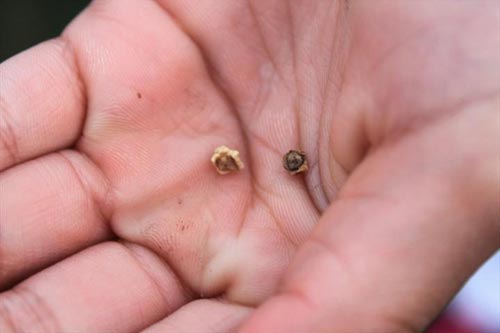
When growing beets, it is necessary to observe crop rotation, and also not to allot the area for cultivation where potatoes or cucumbers were previously cultivated, since after them the soil can be infected with pathogenic microorganisms - pathogens of viral and fungal diseases. Re-planting of beets in the same area is not recommended earlier than after 3 years.
Beets are distinguished by an increased removal of nutrients, therefore, for the autumn digging, it is necessary to add 30-40 g of superphosphate and 4-5 kg of fresh manure for each m2. In the spring, about a month before the planned sowing, the soil is dug up again, with the introduction of 20 g of ammonium nitrate (ammonium nitrate) and 15-20 g of potassium chloride for each m2. Ammonium nitrate and potassium chloride (in the previously indicated dosage) can be replaced with 40 g of potassium nitrate.
If it is impossible to carry out the autumn soil preparation, fertilizer is applied in the spring, observing the indicated dosages of mineral salts; humus is used instead of fresh manure.
Presowing preparation of beet seeds
Sowing beet seeds can be dry, if the soil has enough moisture, or with preliminary irrigation of the seed furrows.

Sowing with pre-soaked seeds is the most promising method that ensures a quick and friendly emergence of shoots. Seed soaking is carried out in warm water, with the addition of stimulants, ash solution, or without any additives. The duration of soaking is 1 day, after which all the seeds that have not sunk to the bottom of the dish are thrown away, and the rest are placed between 2 layers of dry cloth and kept in a warm place until sowing.
To protect against pests and to prevent diseases, immediately before sowing, beet seeds are treated with special compounds.
Sowing in open ground
The most optimal time for sowing beets is considered the 1st decade of May, but depending on objective factors, the planting time may shift in one direction or another.
It is recommended to sow beet seeds to a depth of no more than 4 cm.The optimum distance between the sowing furrows is 20 cm.In the row between the seeds, a gap of 4 cm is left - this scheme ensures optimal standing density and reduces the laboriousness of thinning the seedlings. Consumption of beet seeds, subject to these recommendations, is approximately 1.5 g per m2.
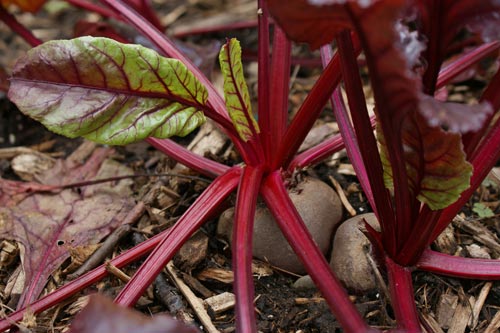
Unlike dry seeds, soaked seeds must be sown in pre-watered grooves. After planting the seeds, the soil must be "rolled", that is, tamped, in order to ensure the most dense contact with the soil and protect it from moisture loss.
Beet planting care
The process of growing beets includes a number of agrotechnical measures:
- thinning of seedlings;
- removal of weeds;
- disease prevention and pest control;
- watering and feeding.
Top dressing is carried out twice:
- ash infusion (for 10 liters of water - 2 glasses of ash) - 2-3 days after sowing;
- mullein solution - after the appearance of the 1st pair of true leaves.
When thinning, the strongest shoots are left so that the distance between them is 15-20 cm - in this case, the plants are provided with a sufficient nutritional area and develop large roots. Seedlings are thinned after the appearance of 2-3 true leaves.
To increase the carbohydrate content, some gardeners practice feeding beets with 1% sodium chloride solution. Such a subcortex is carried out once, a month before harvesting root crops. Just remember that sodium chloride is a poison for most plants.
